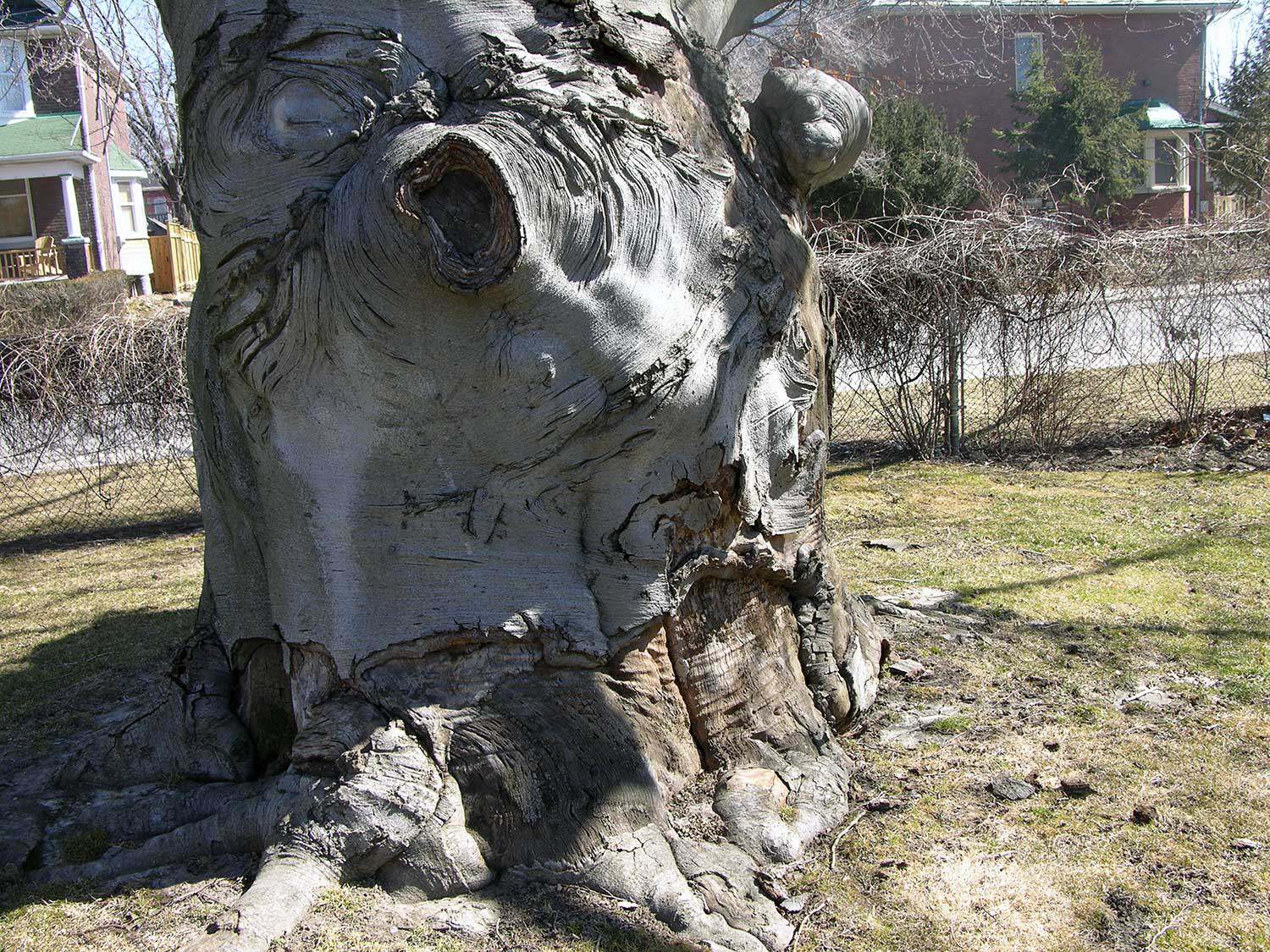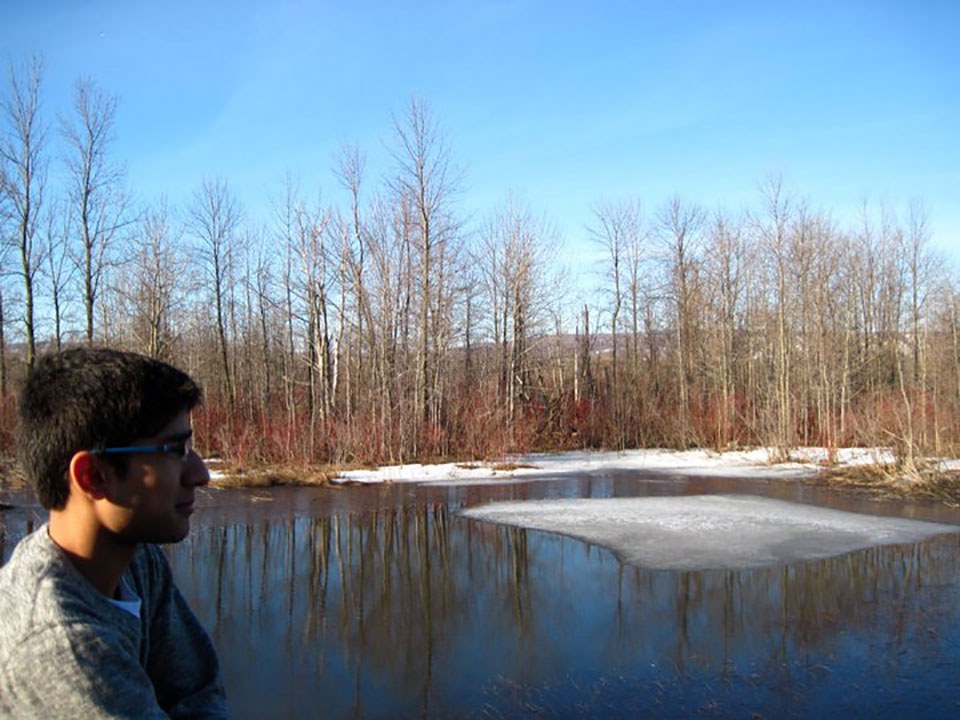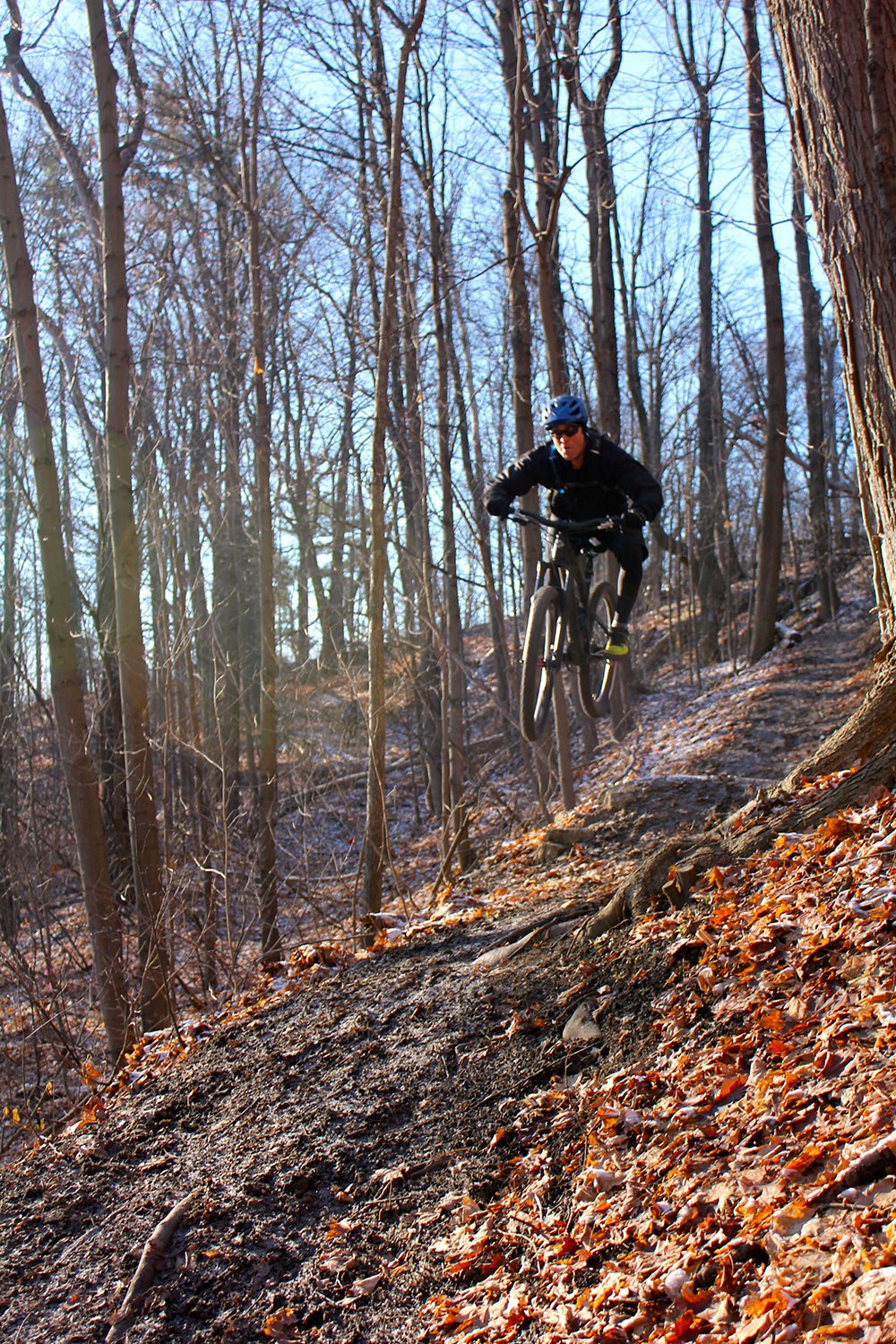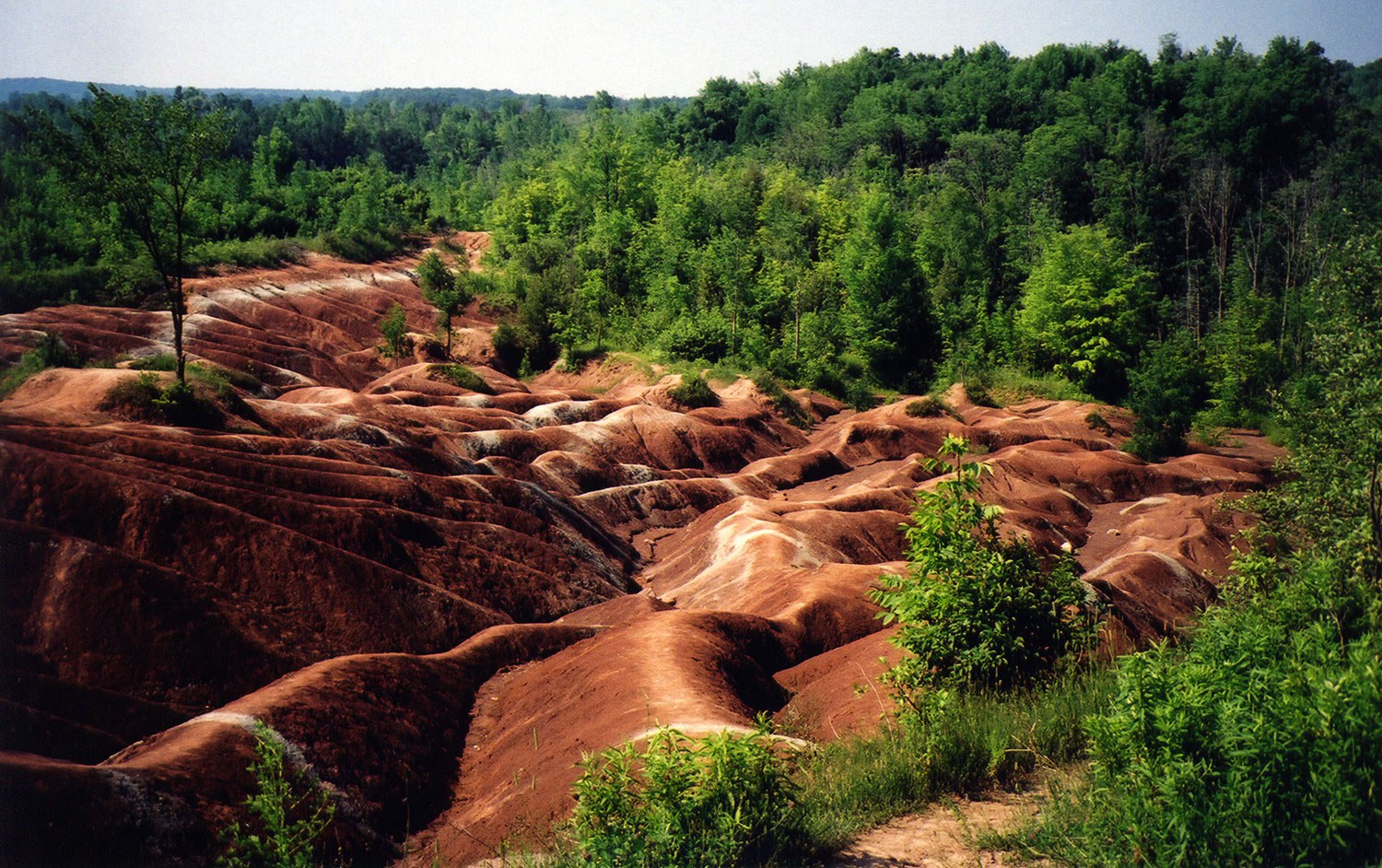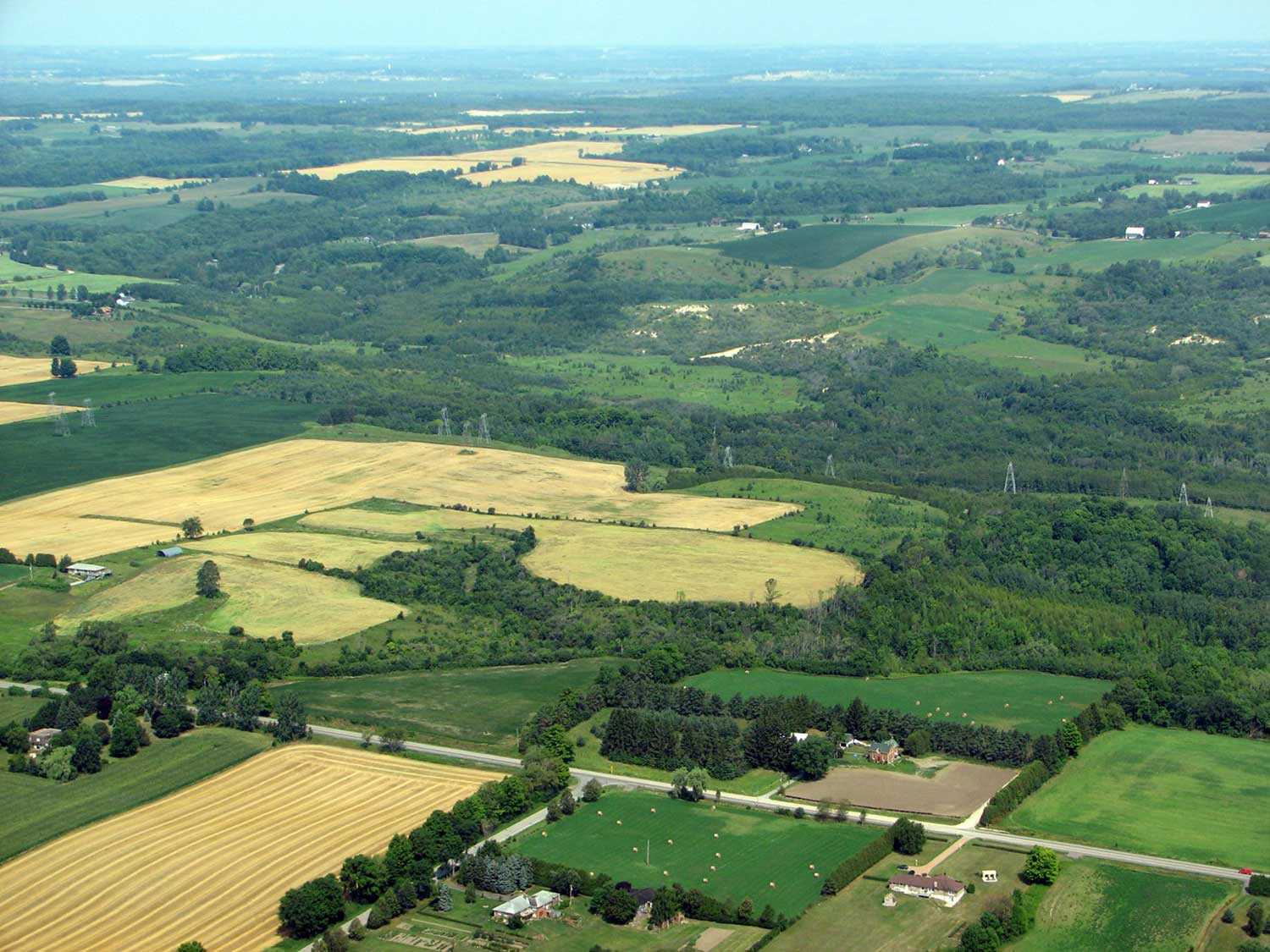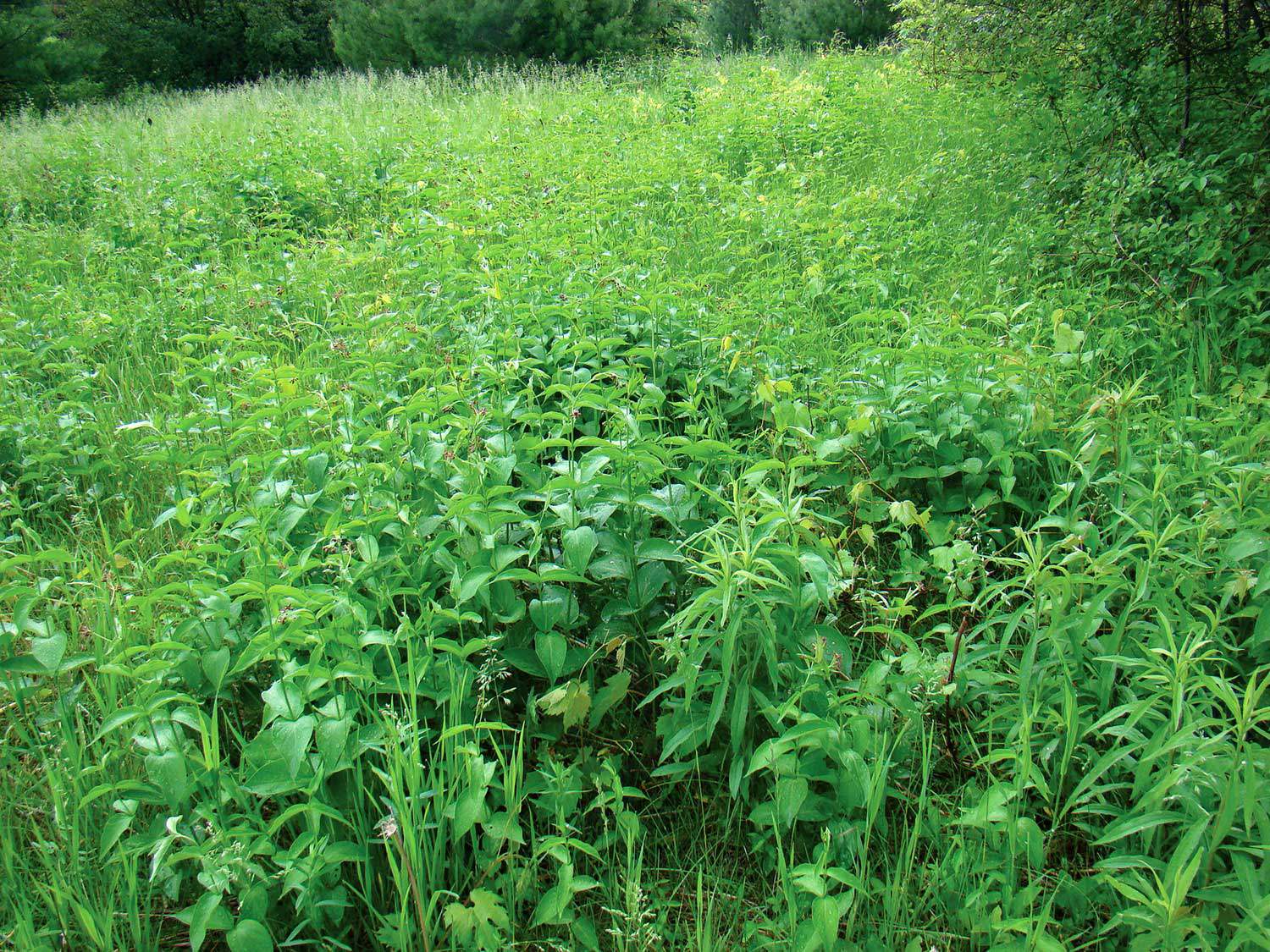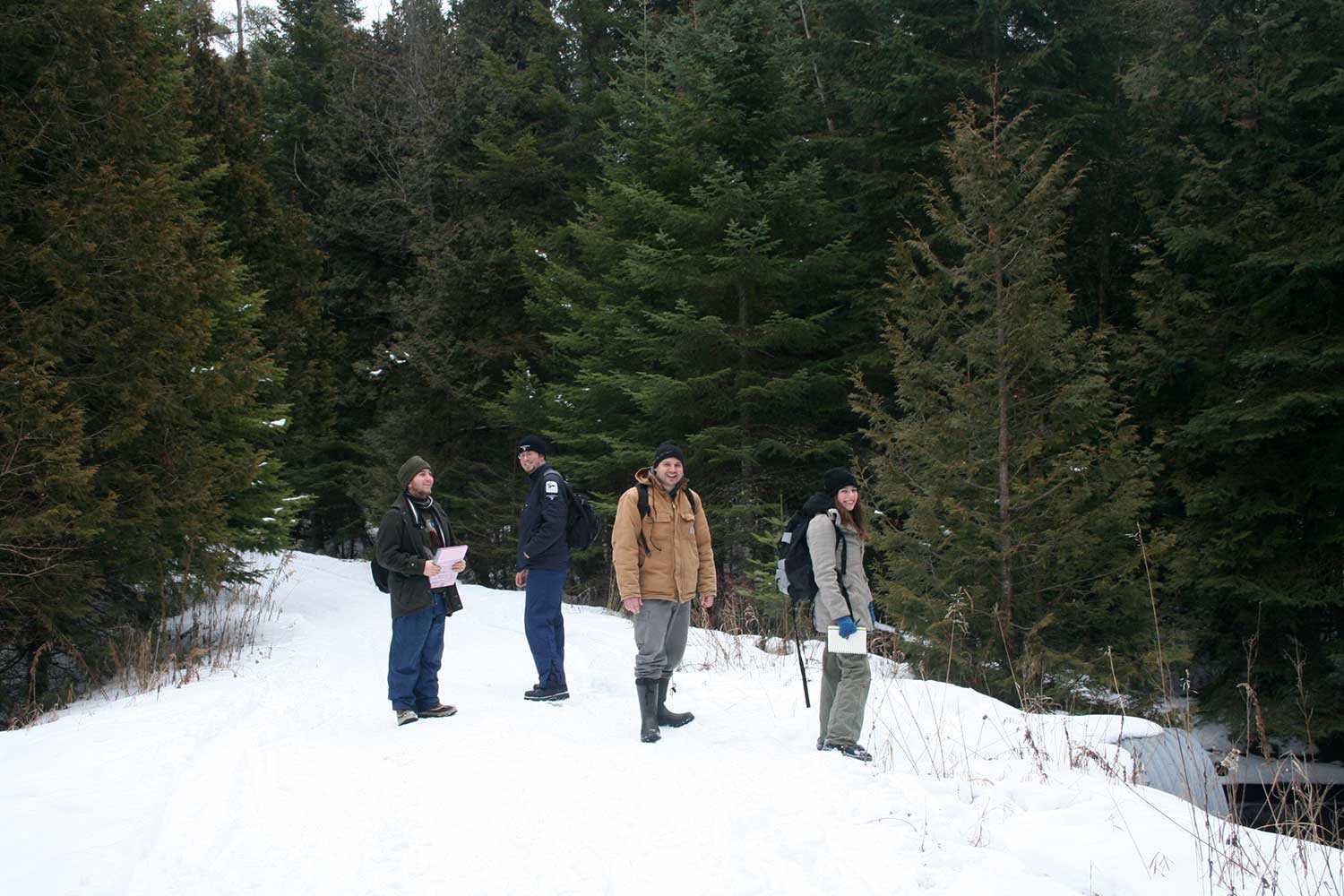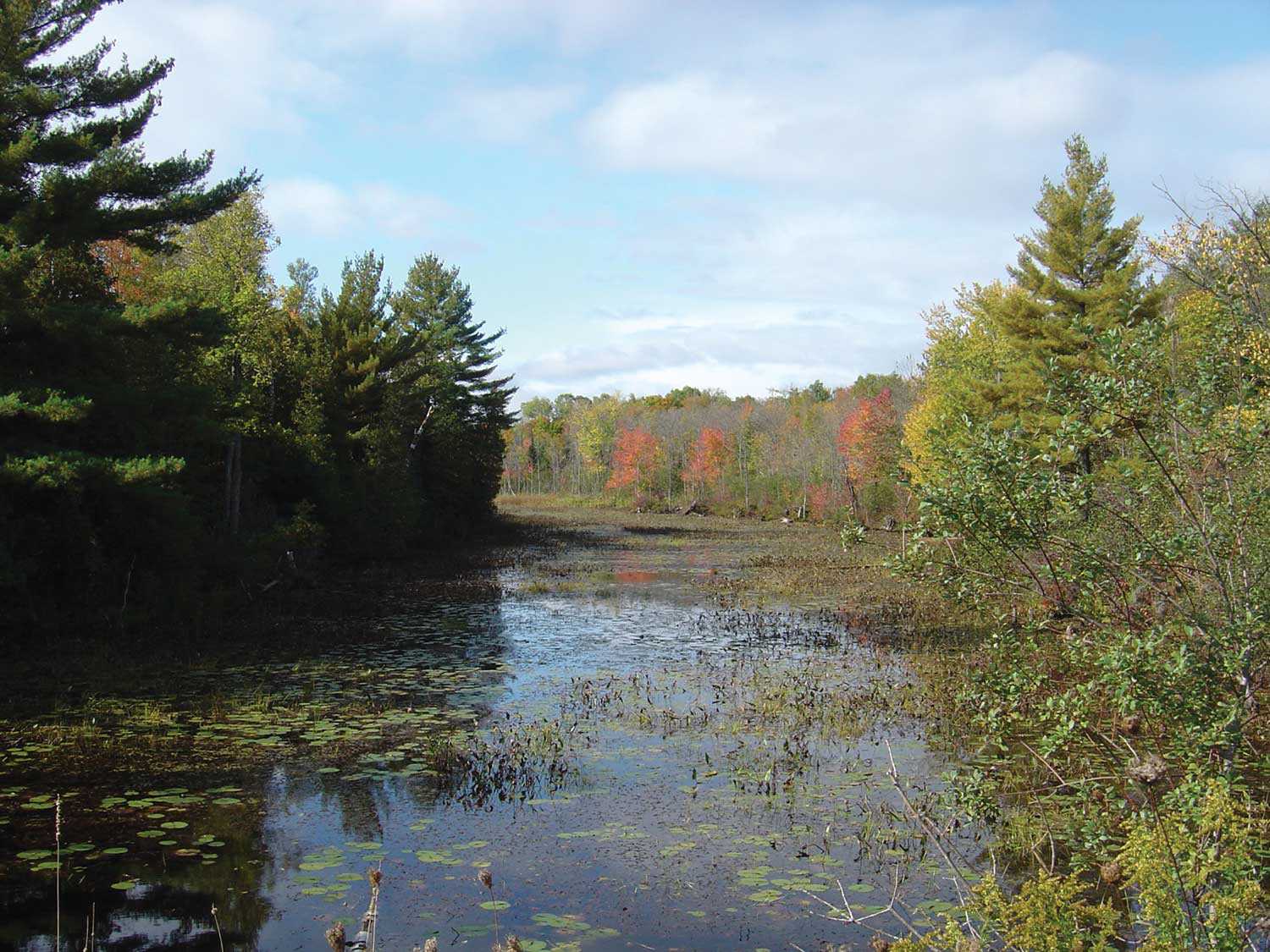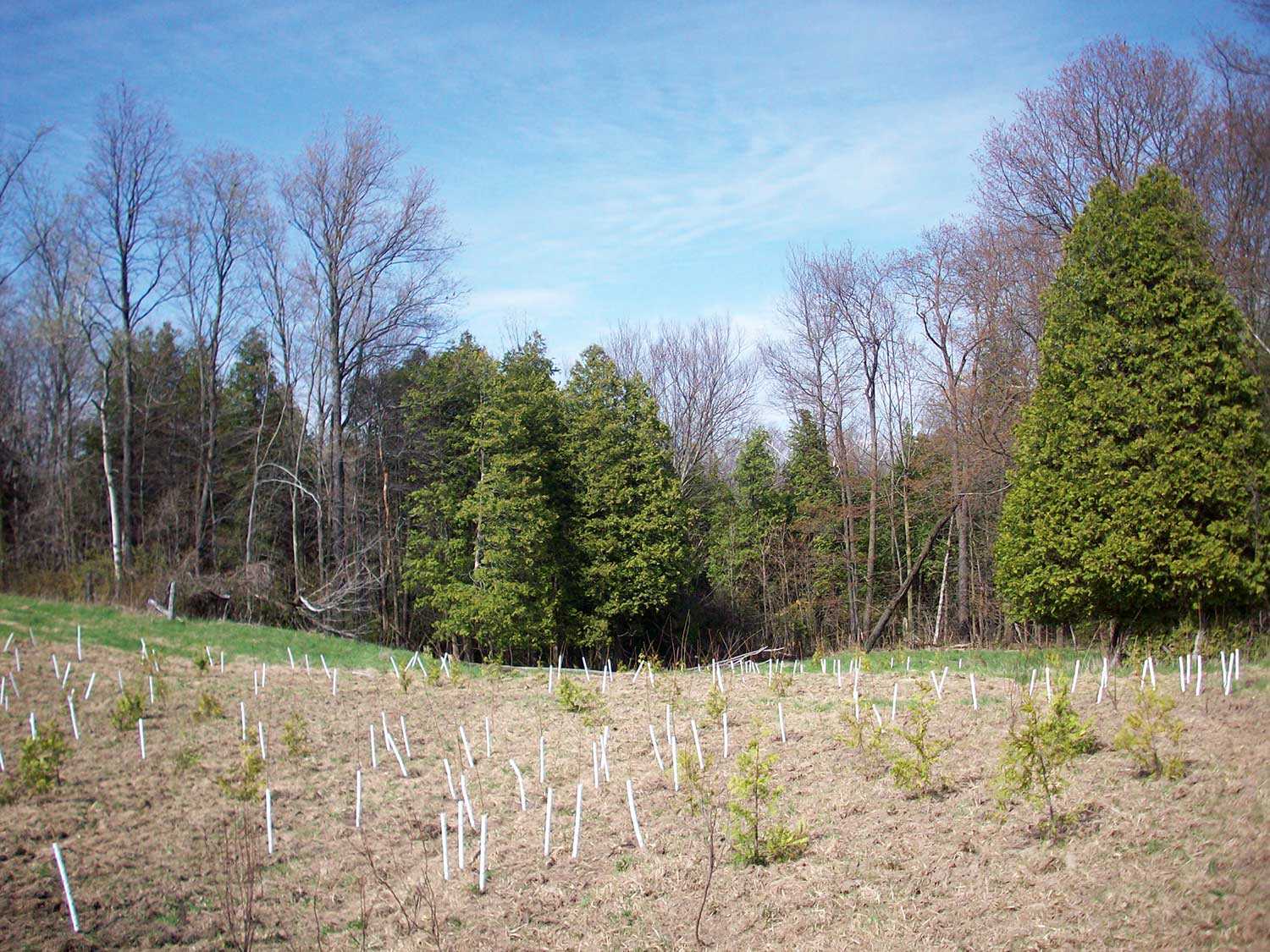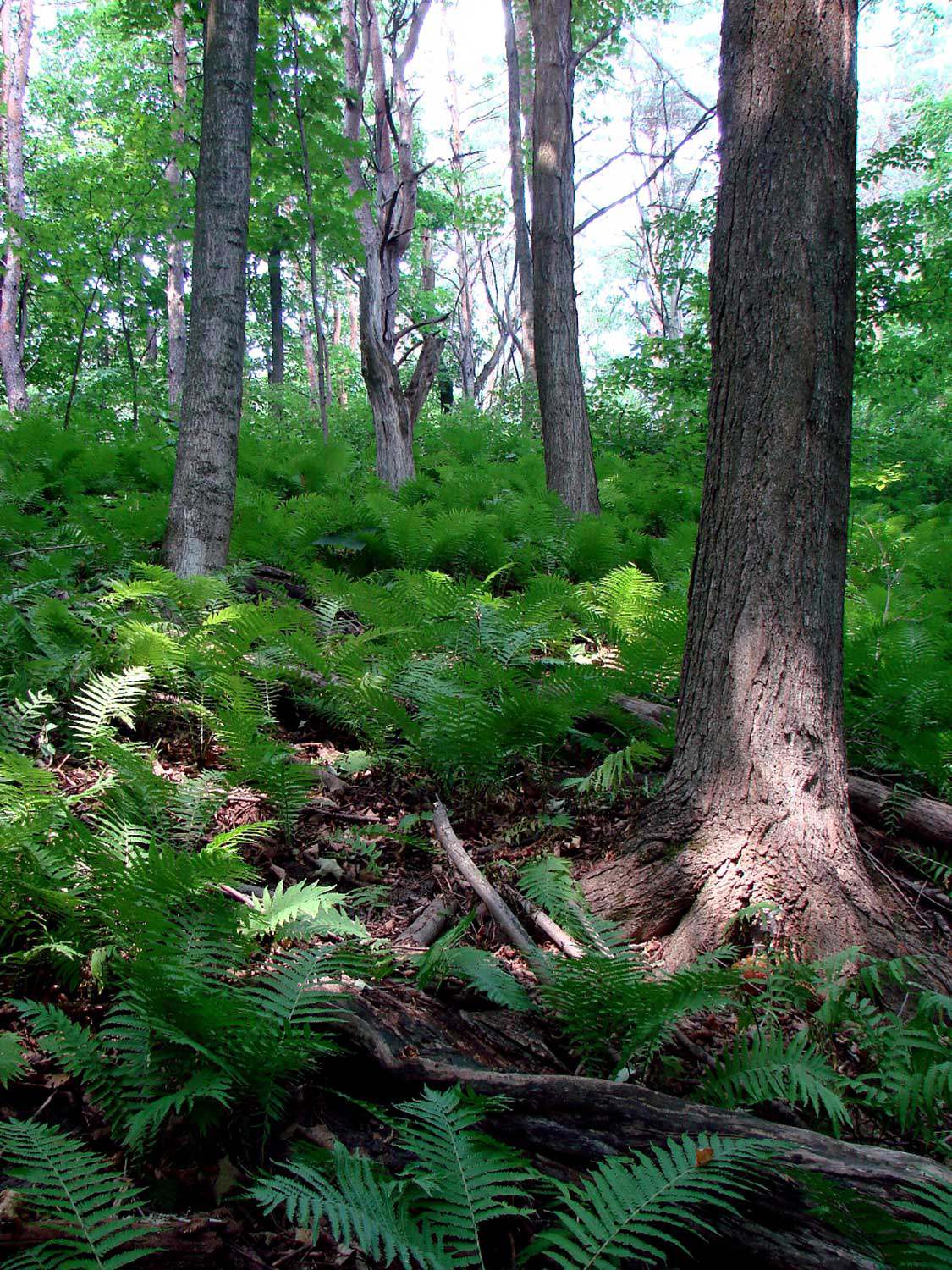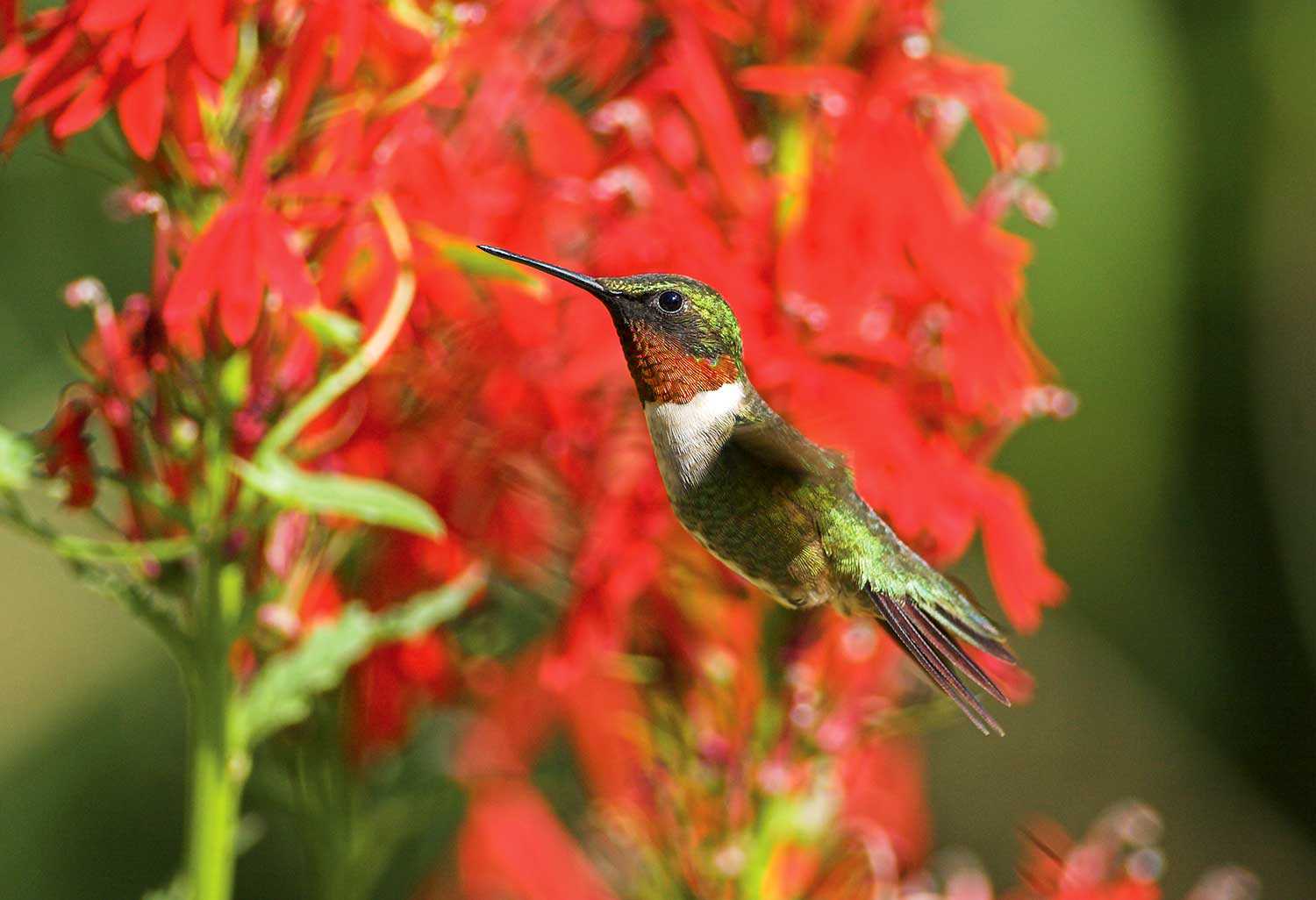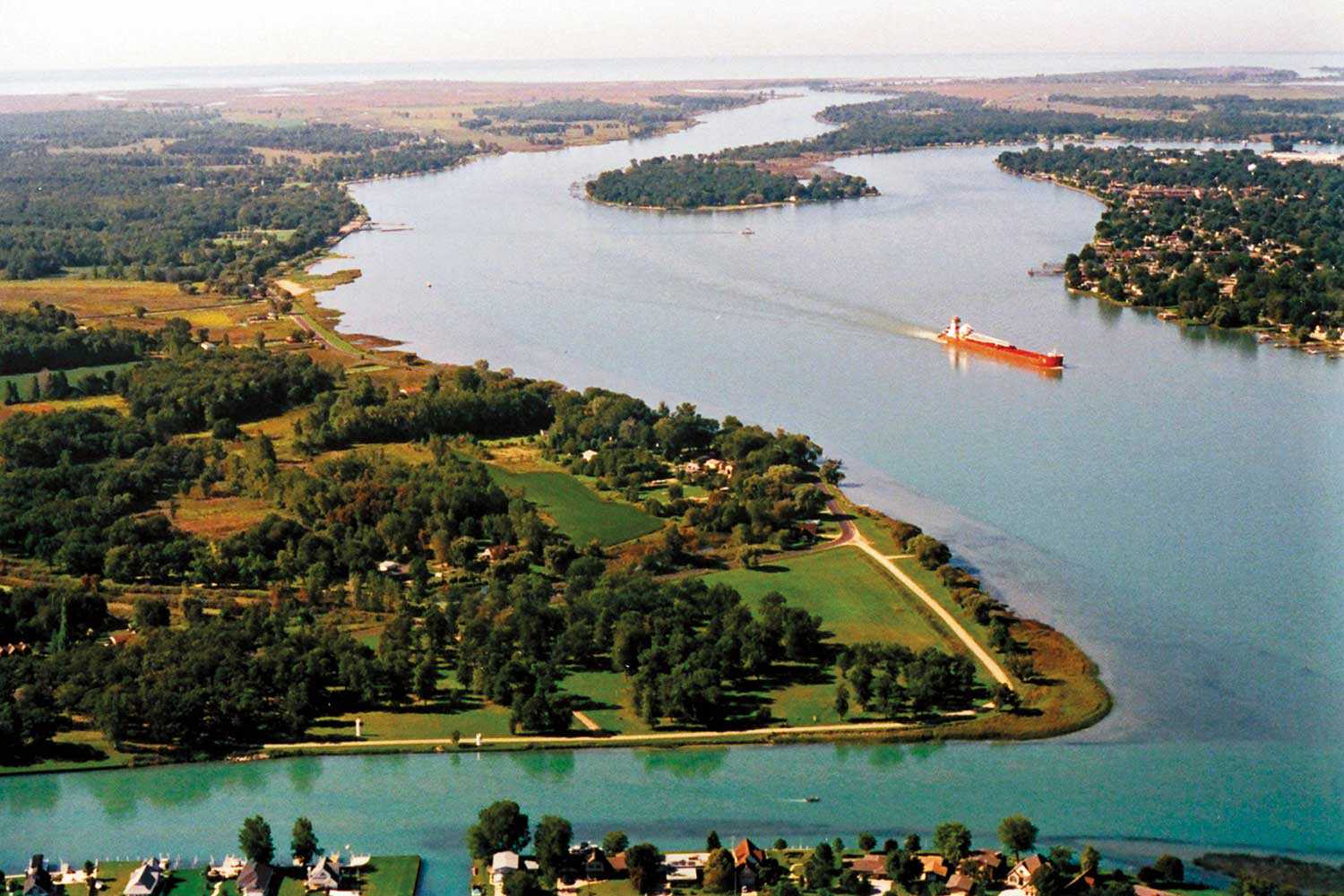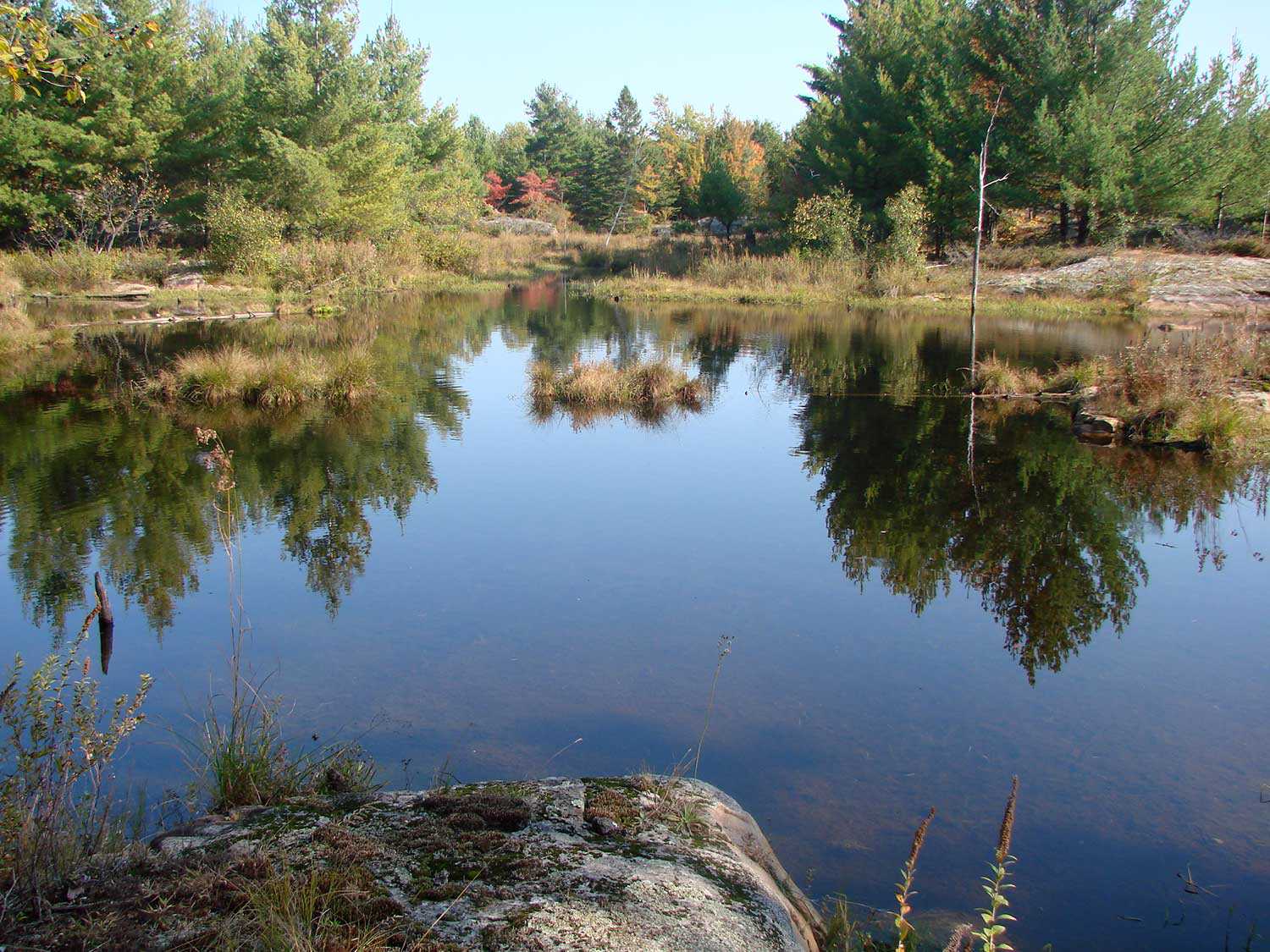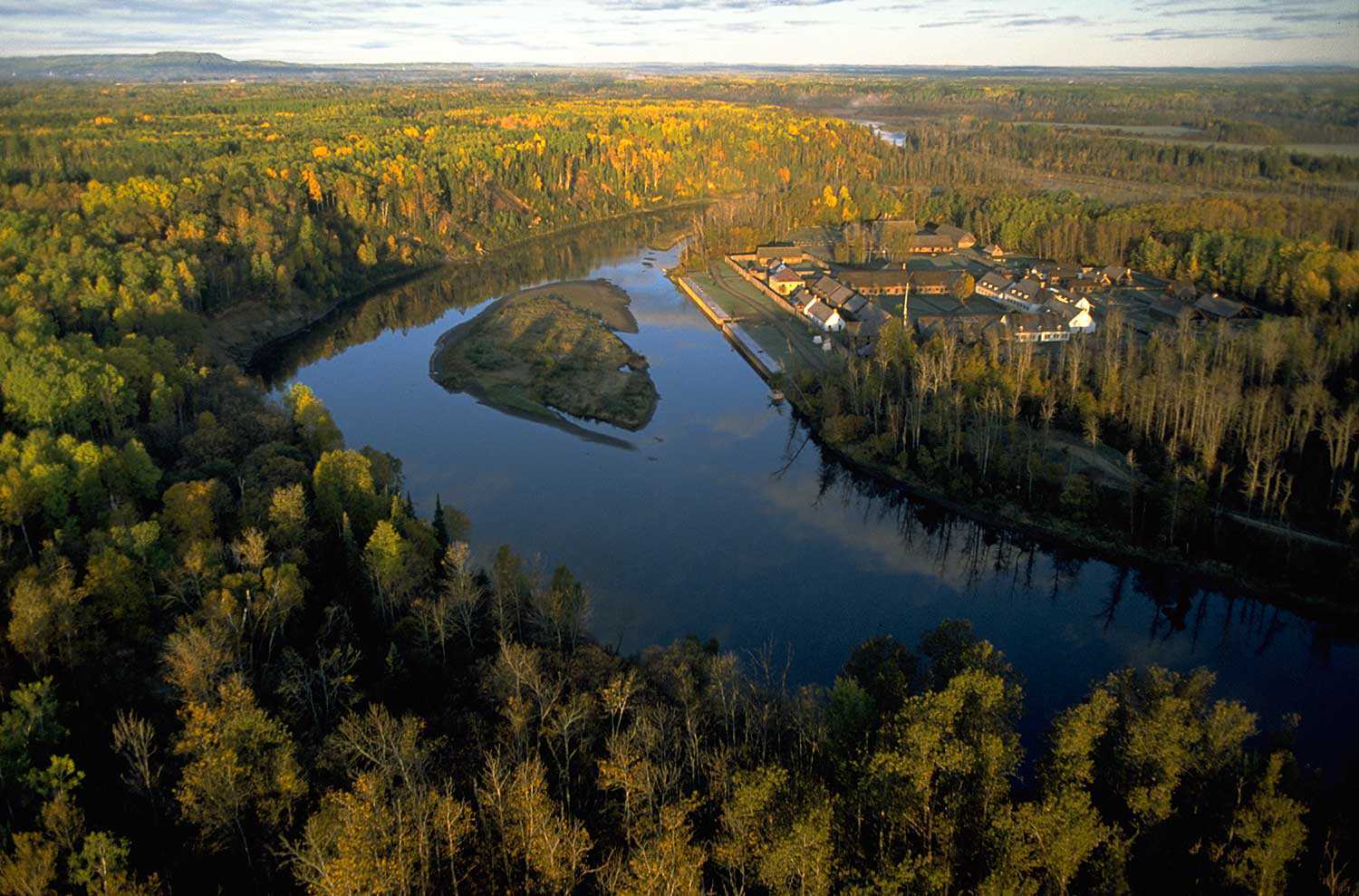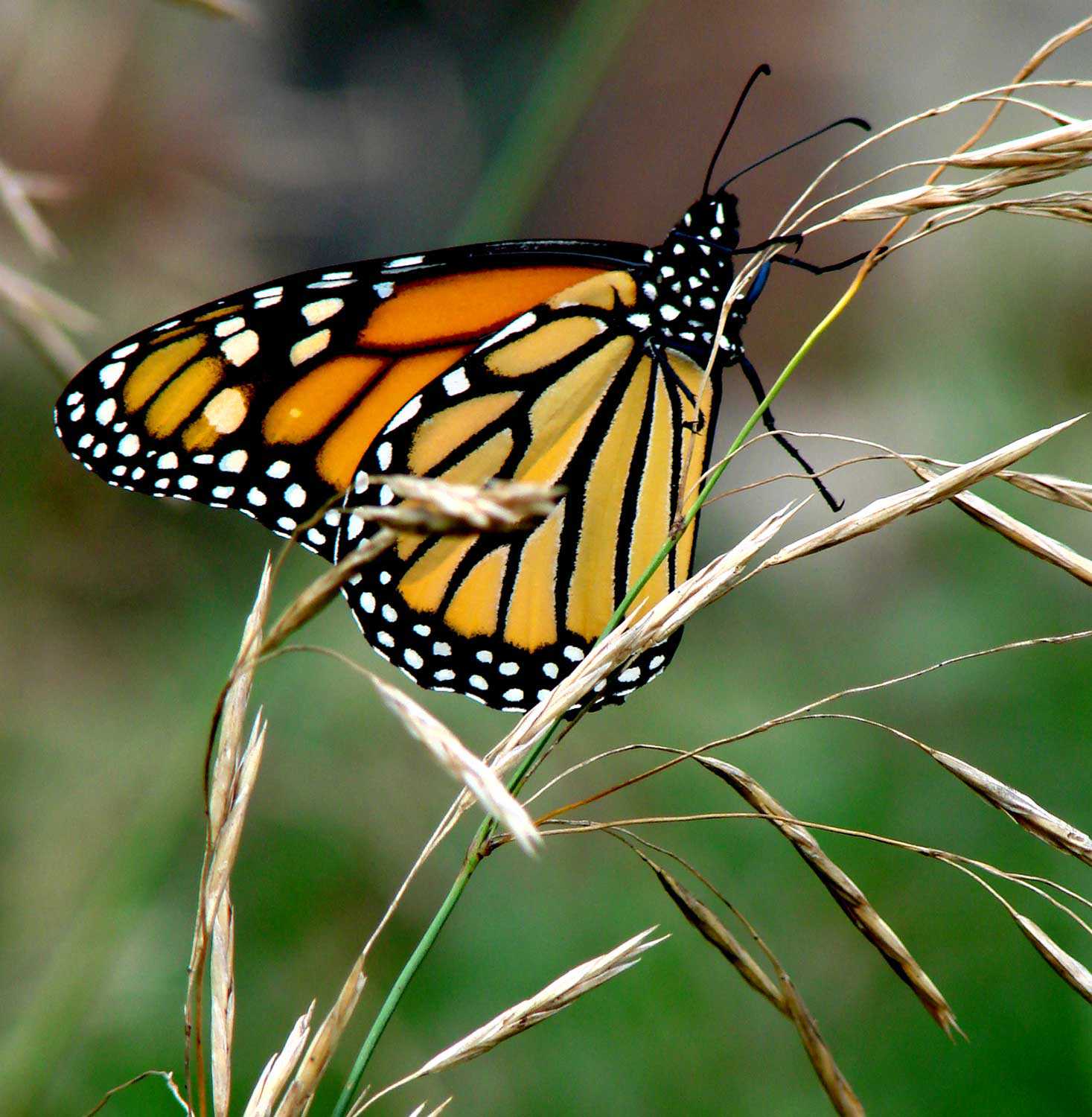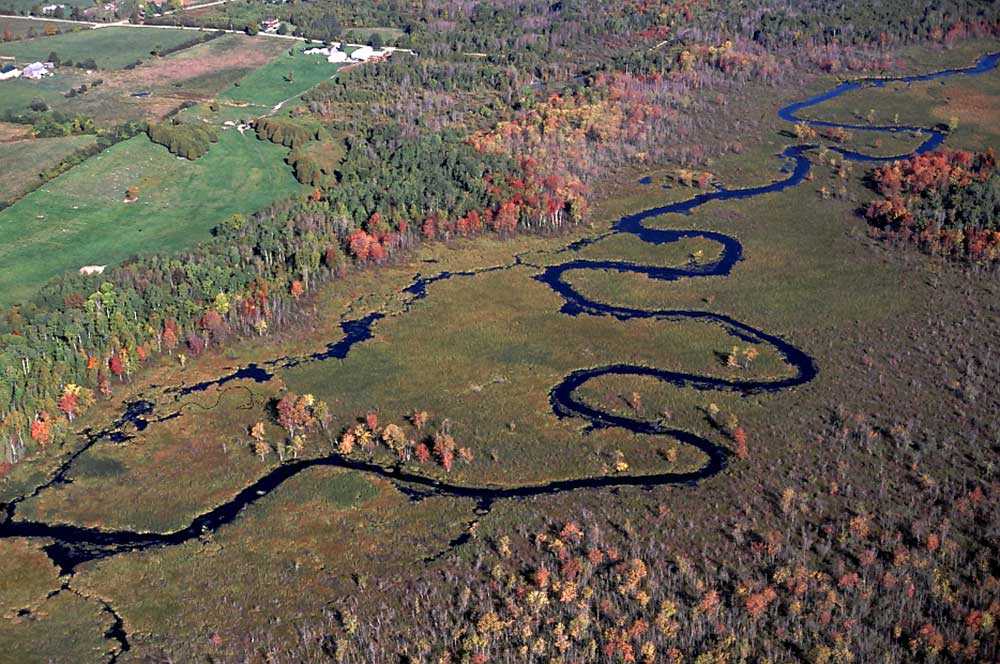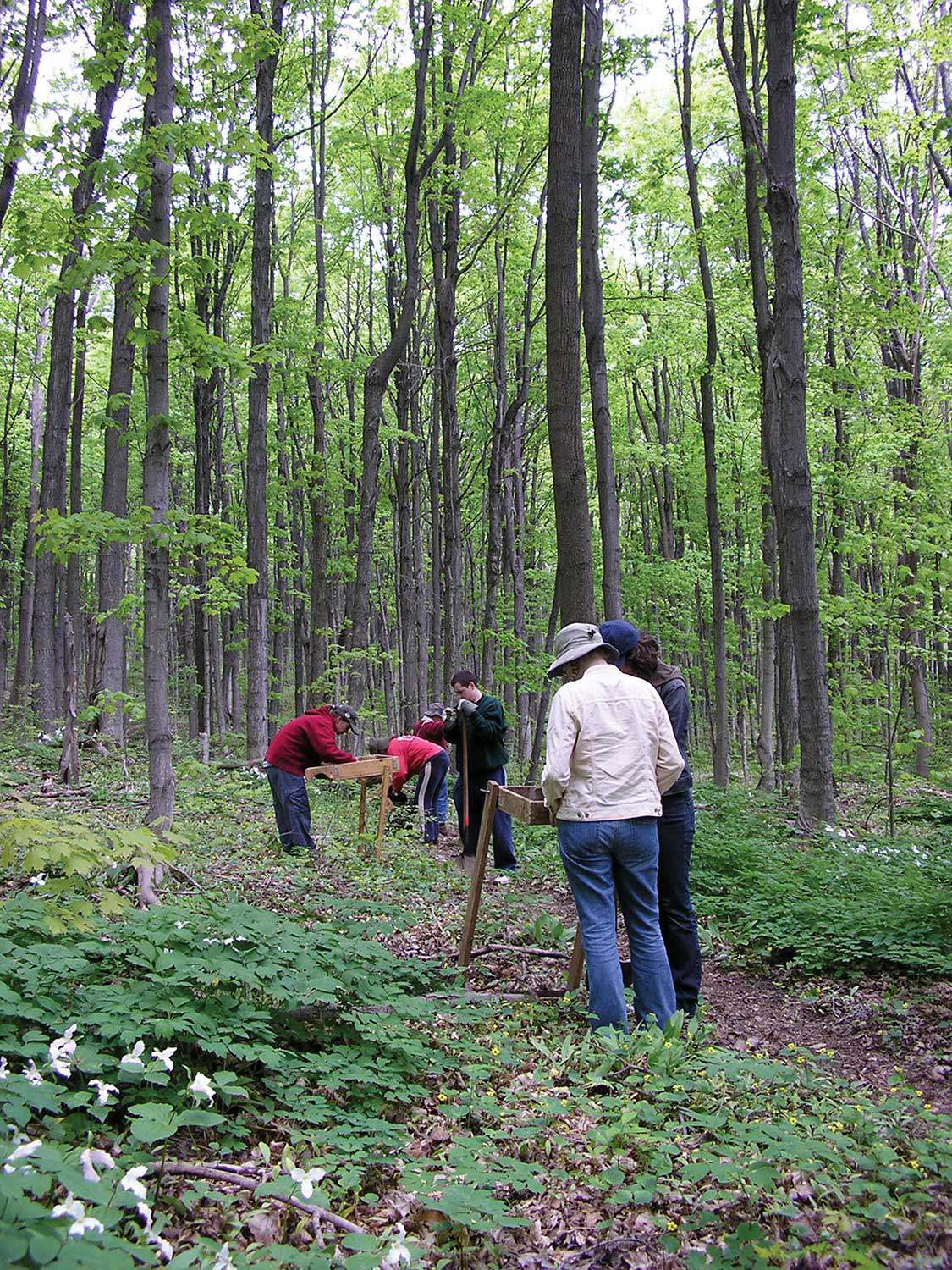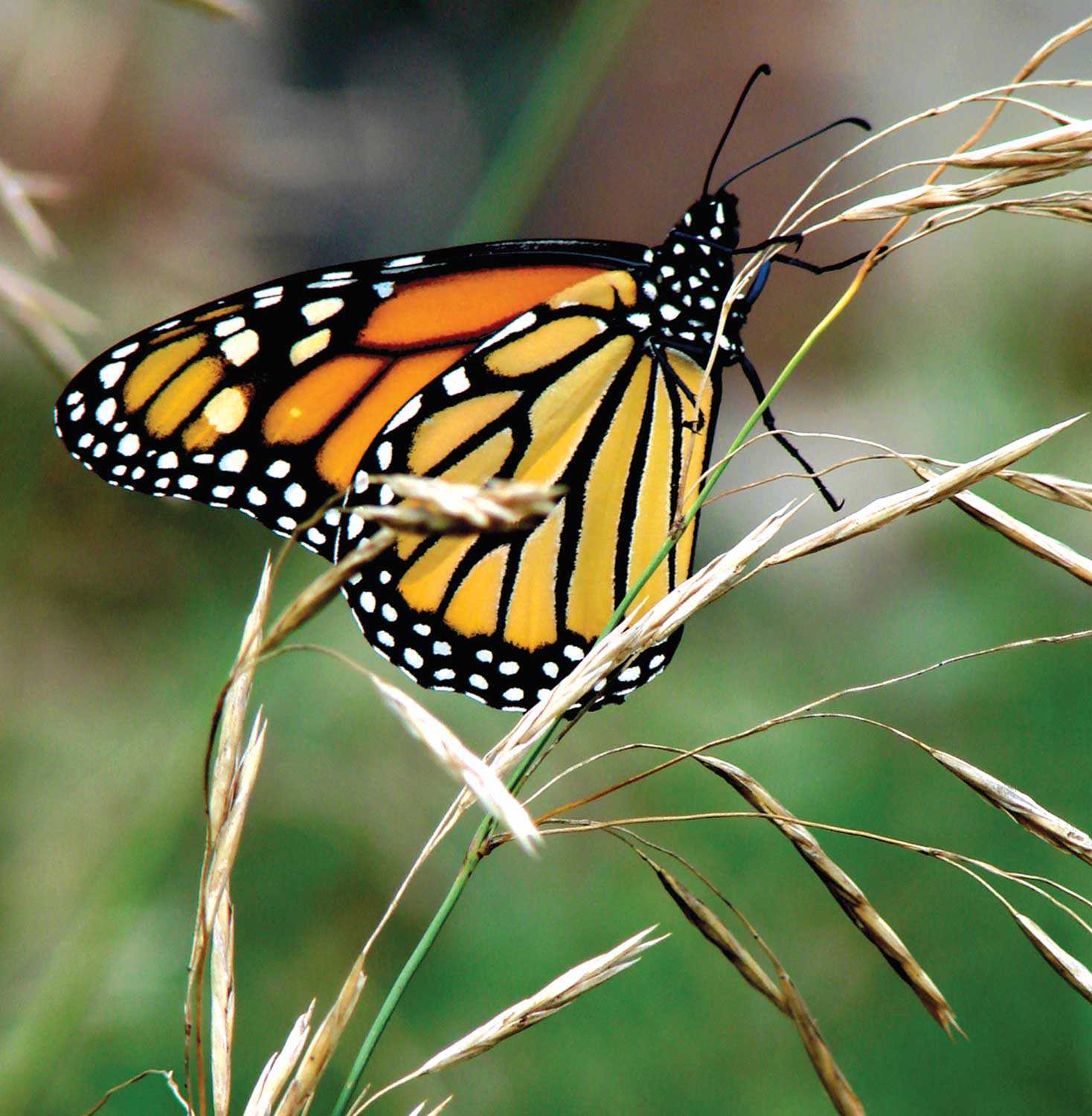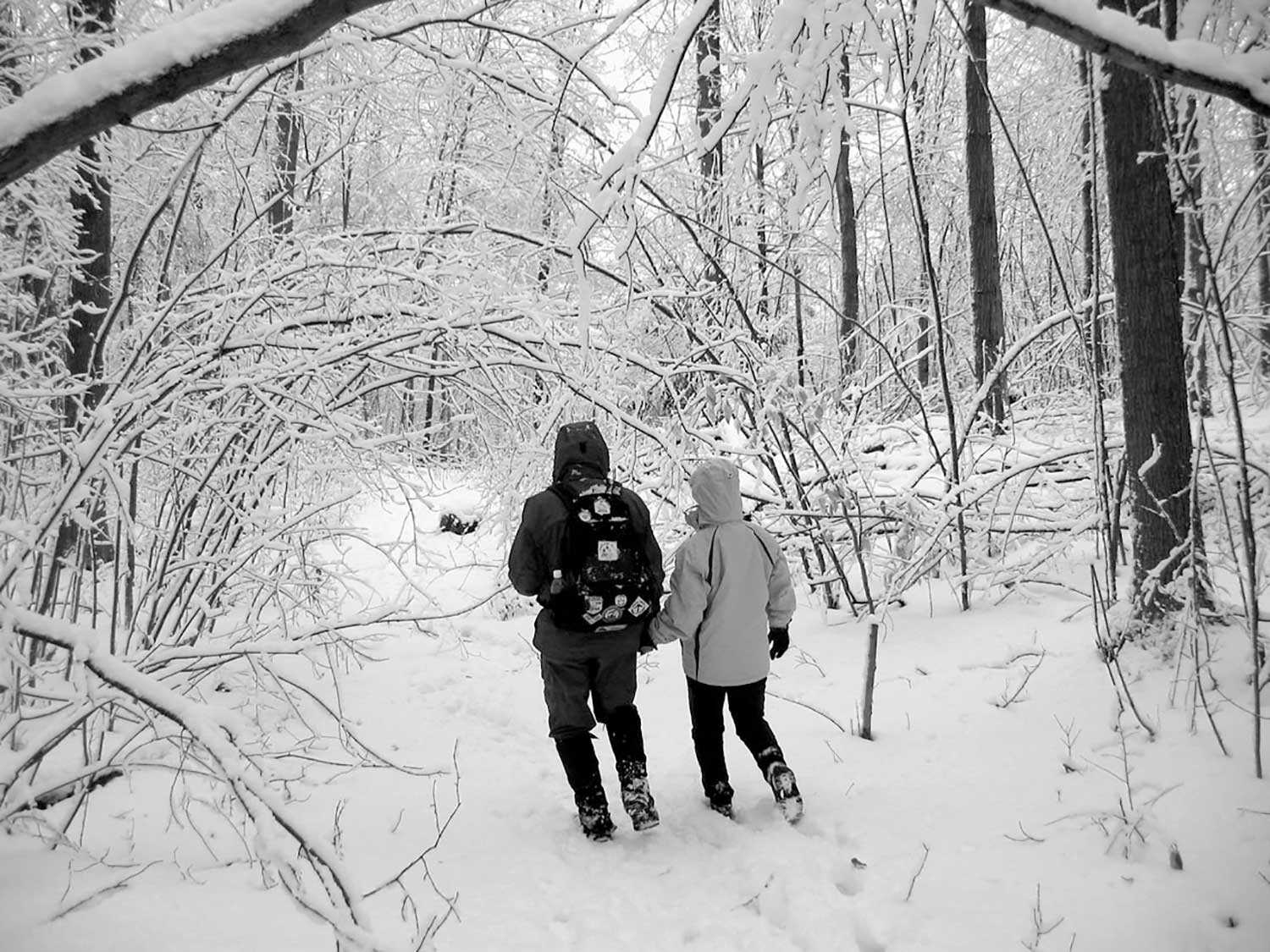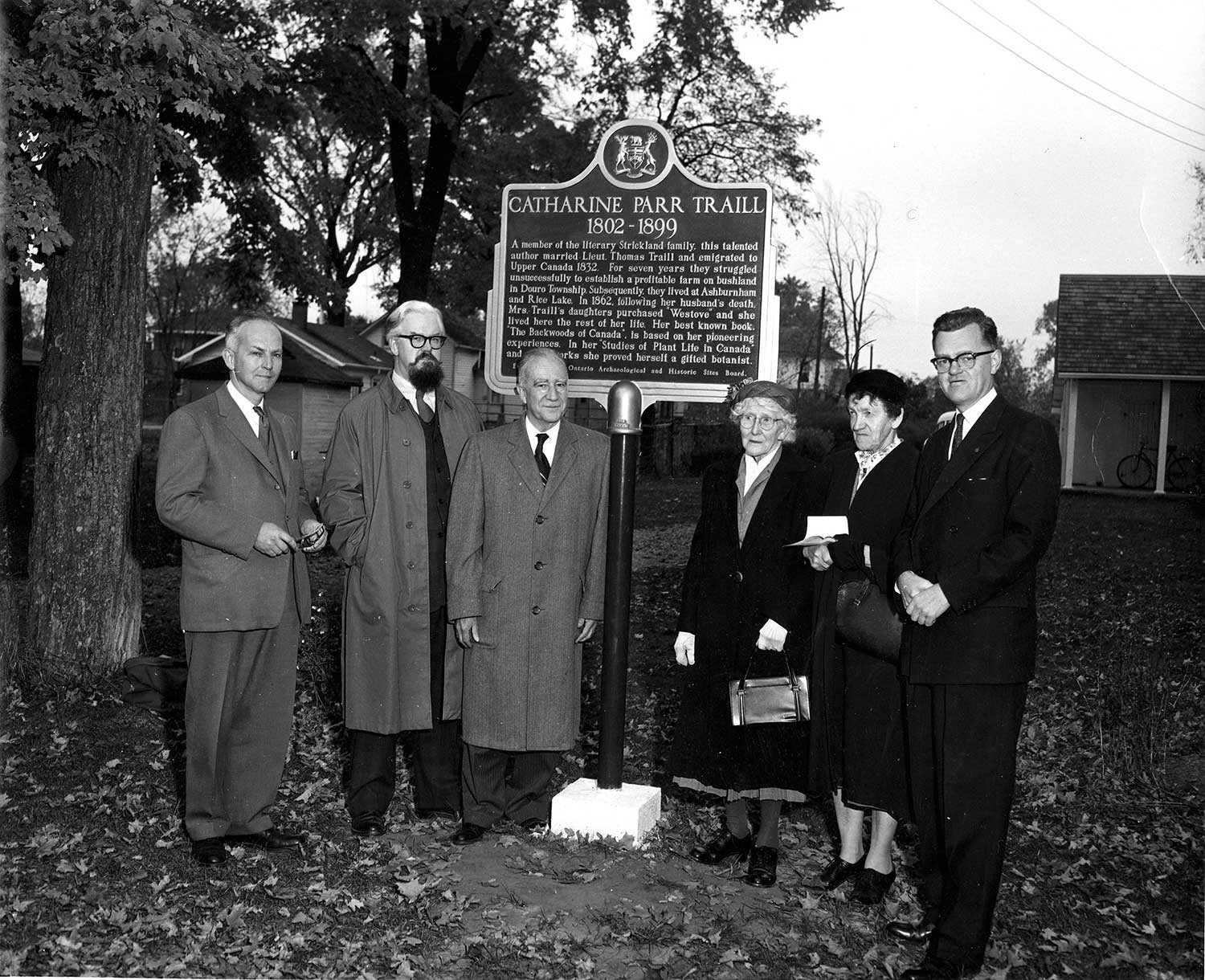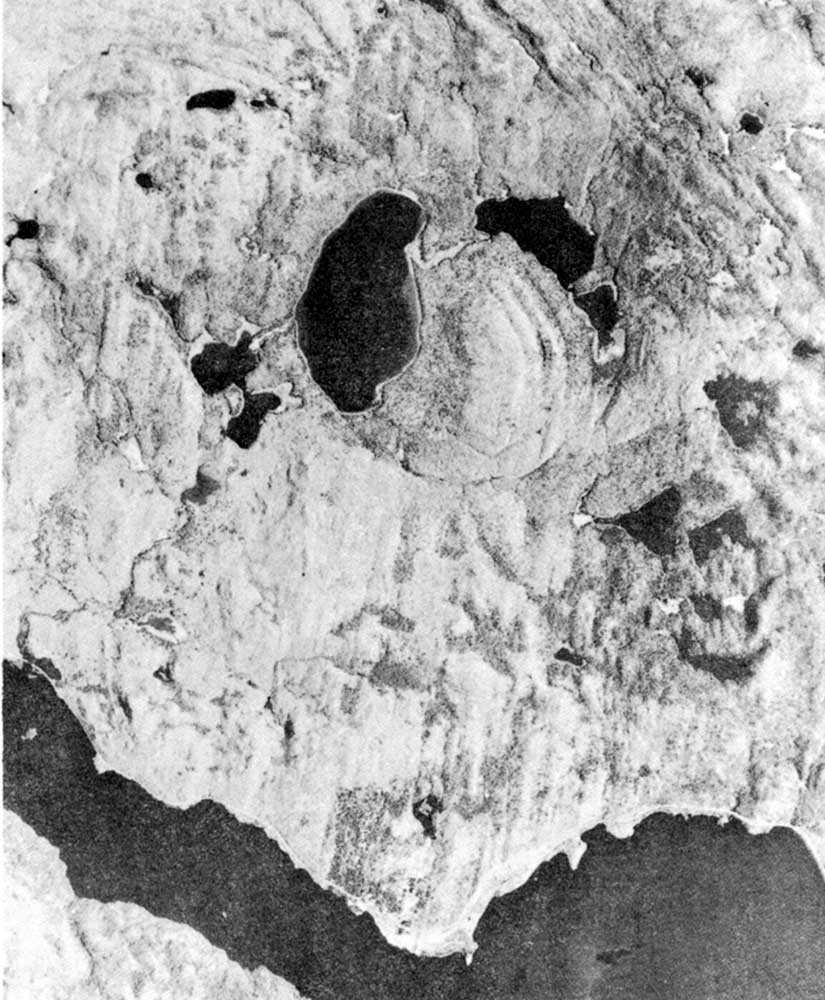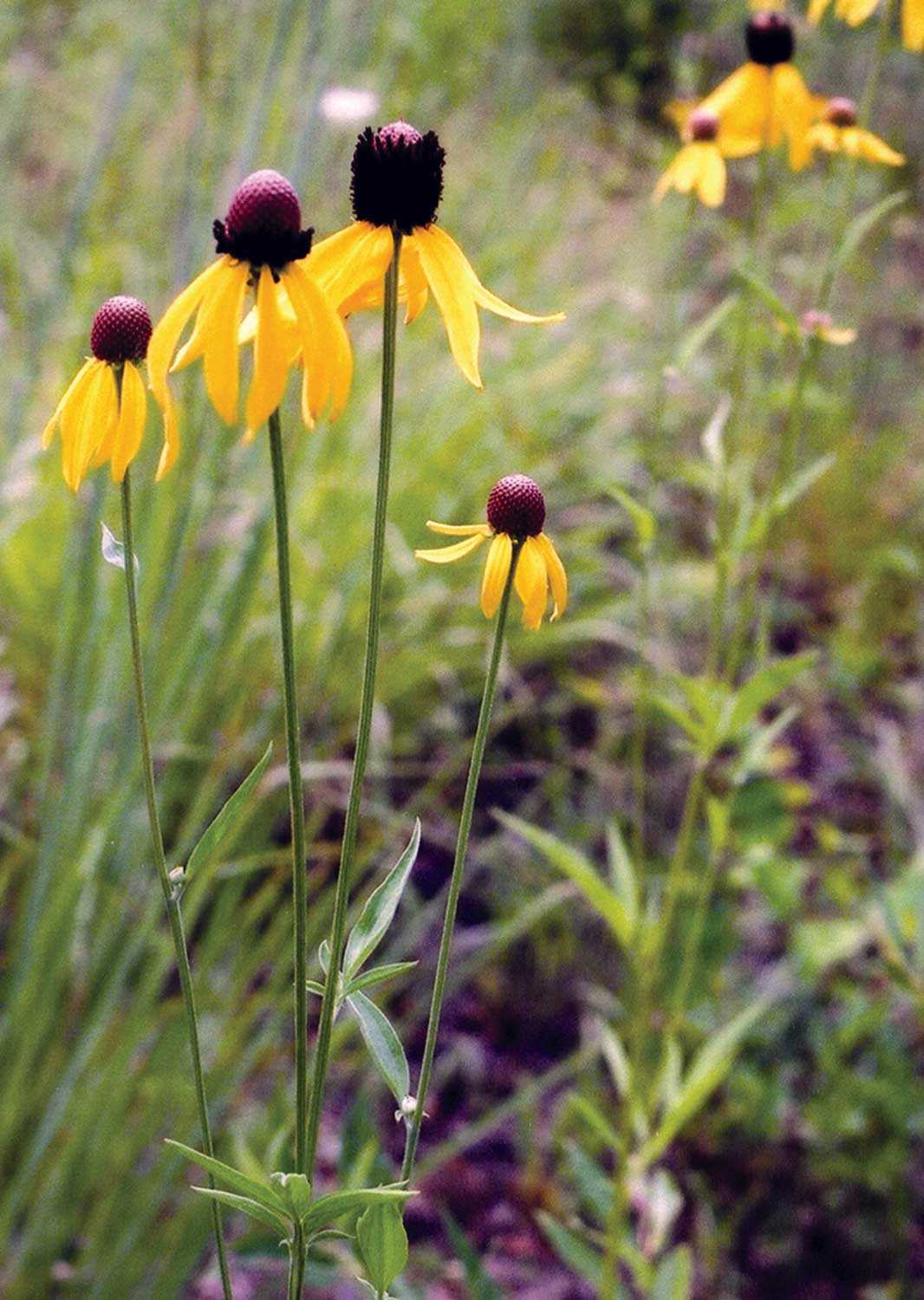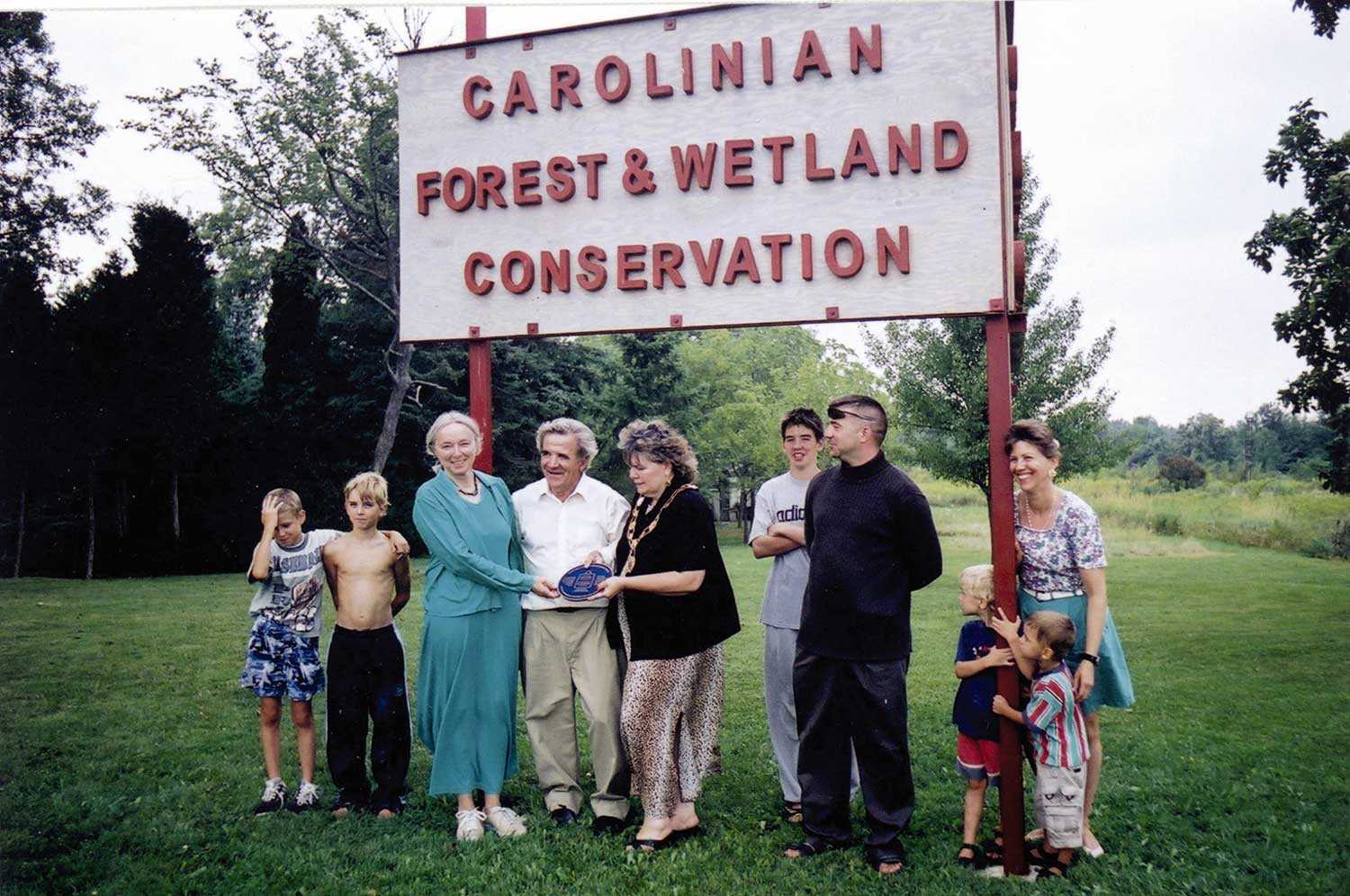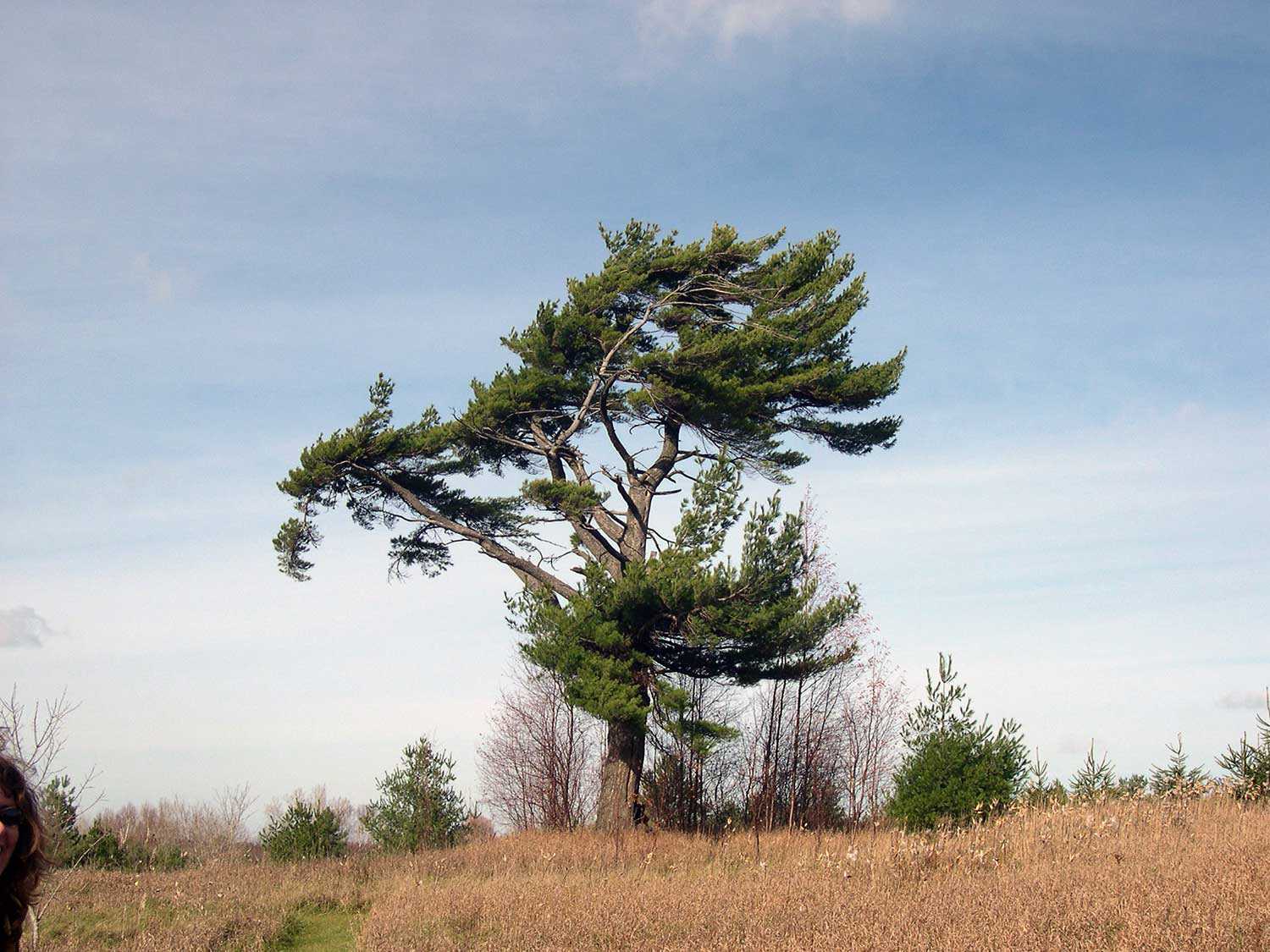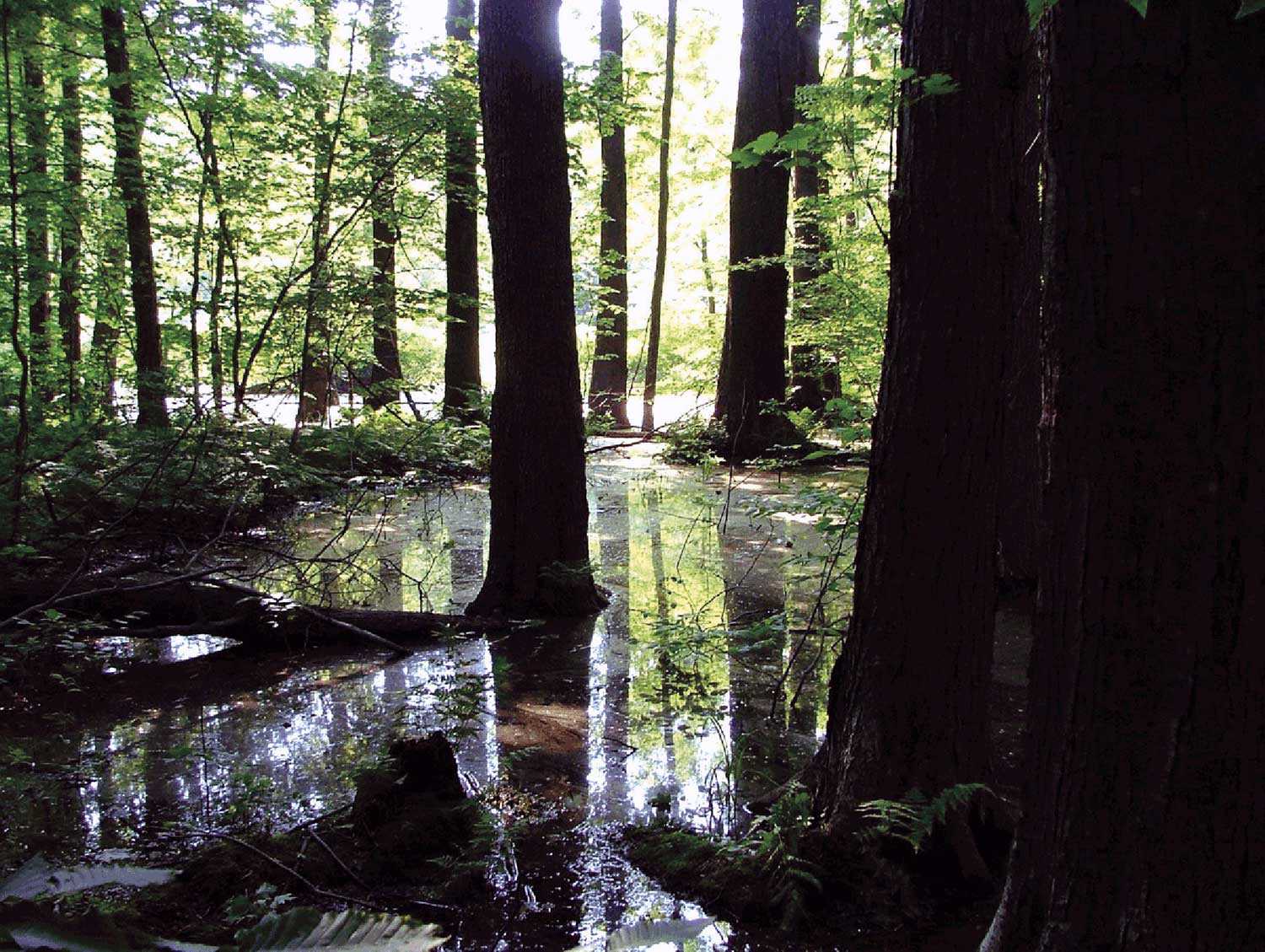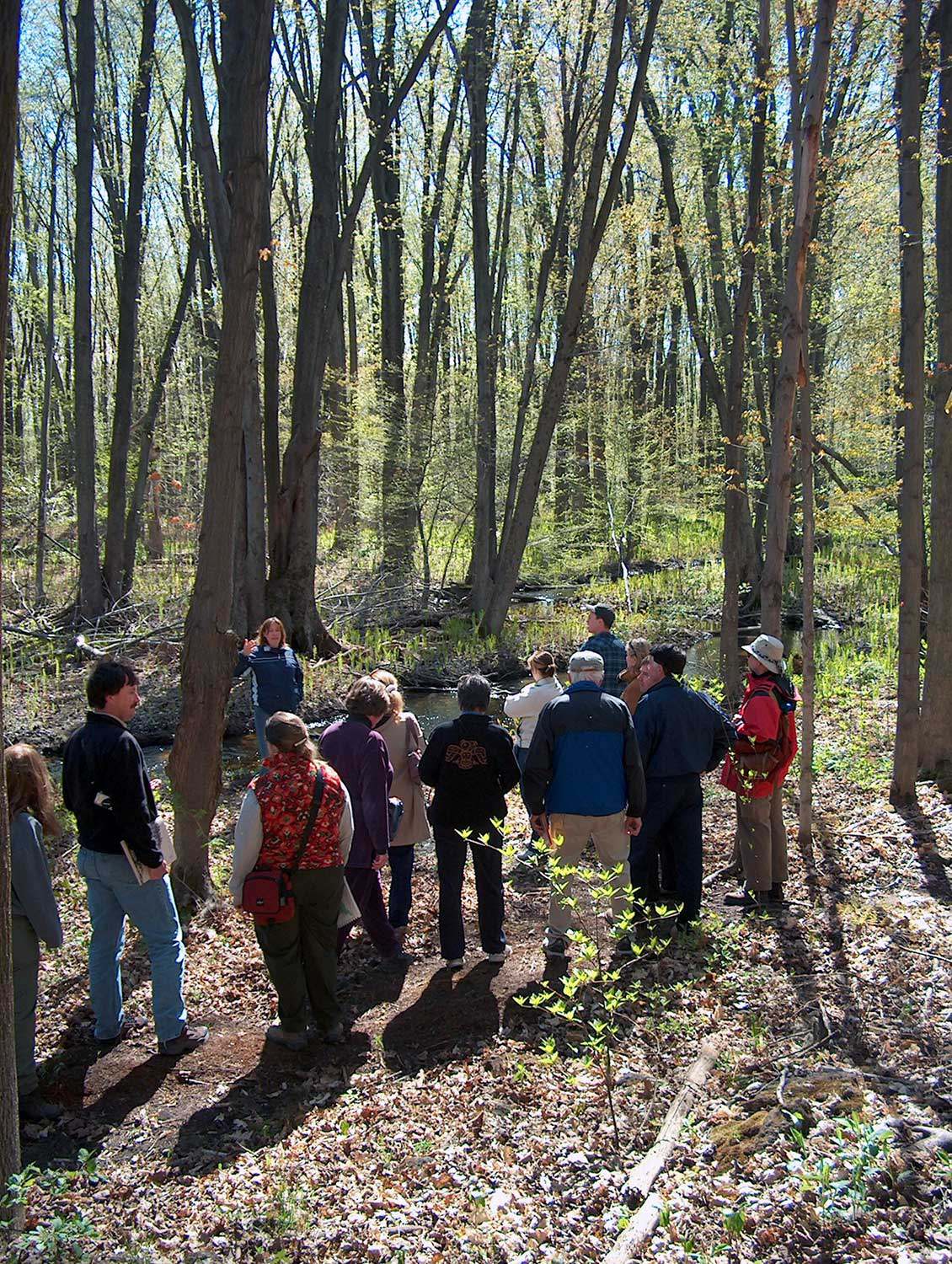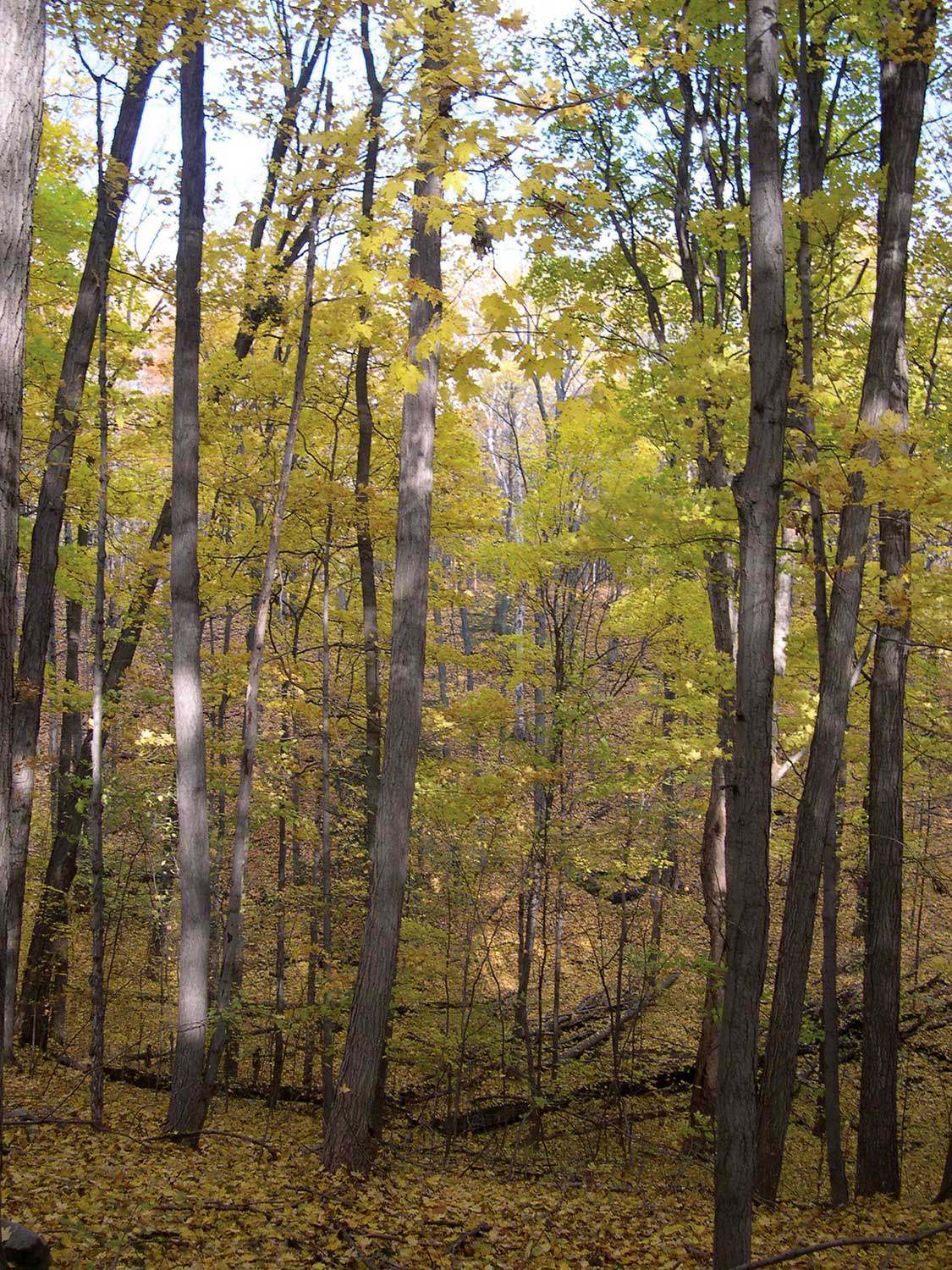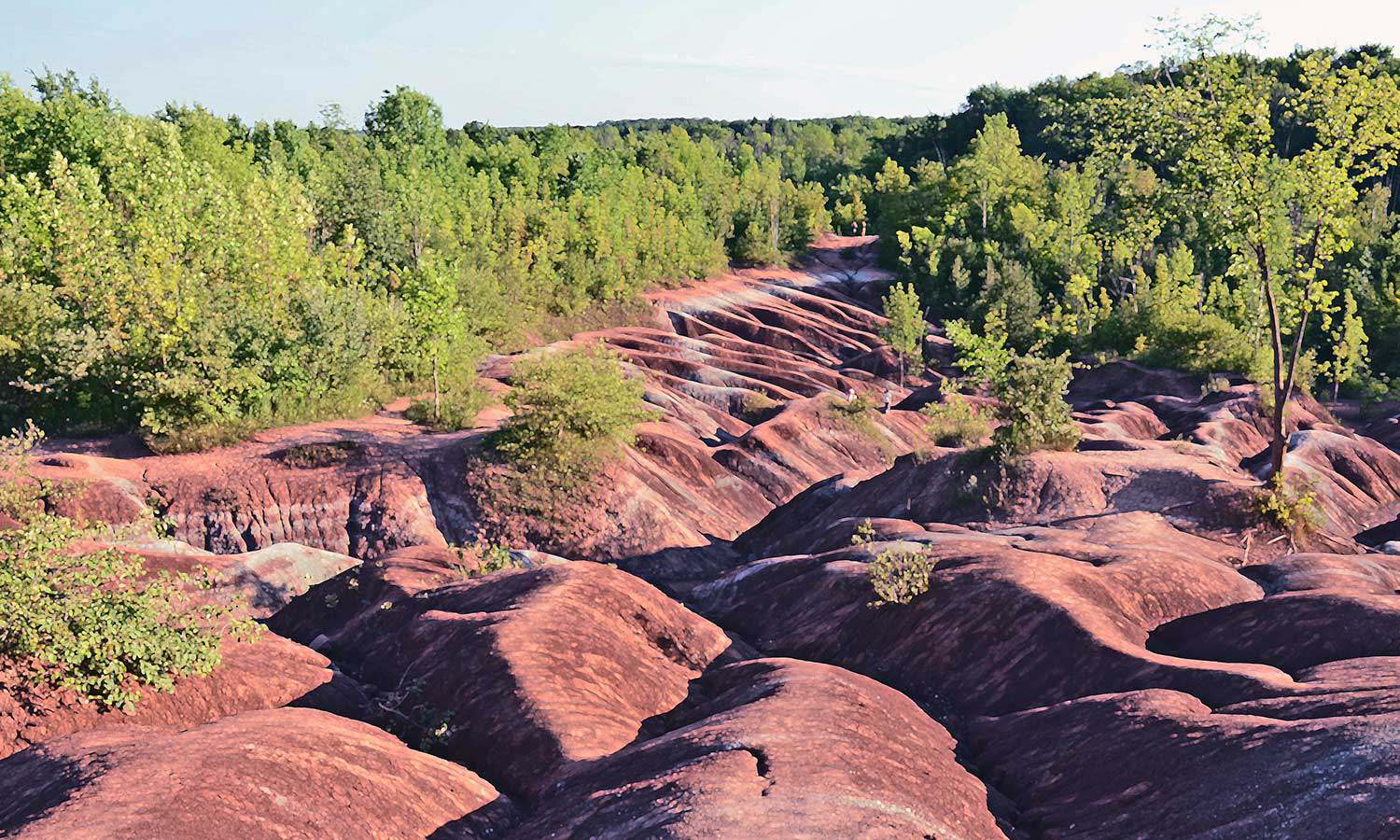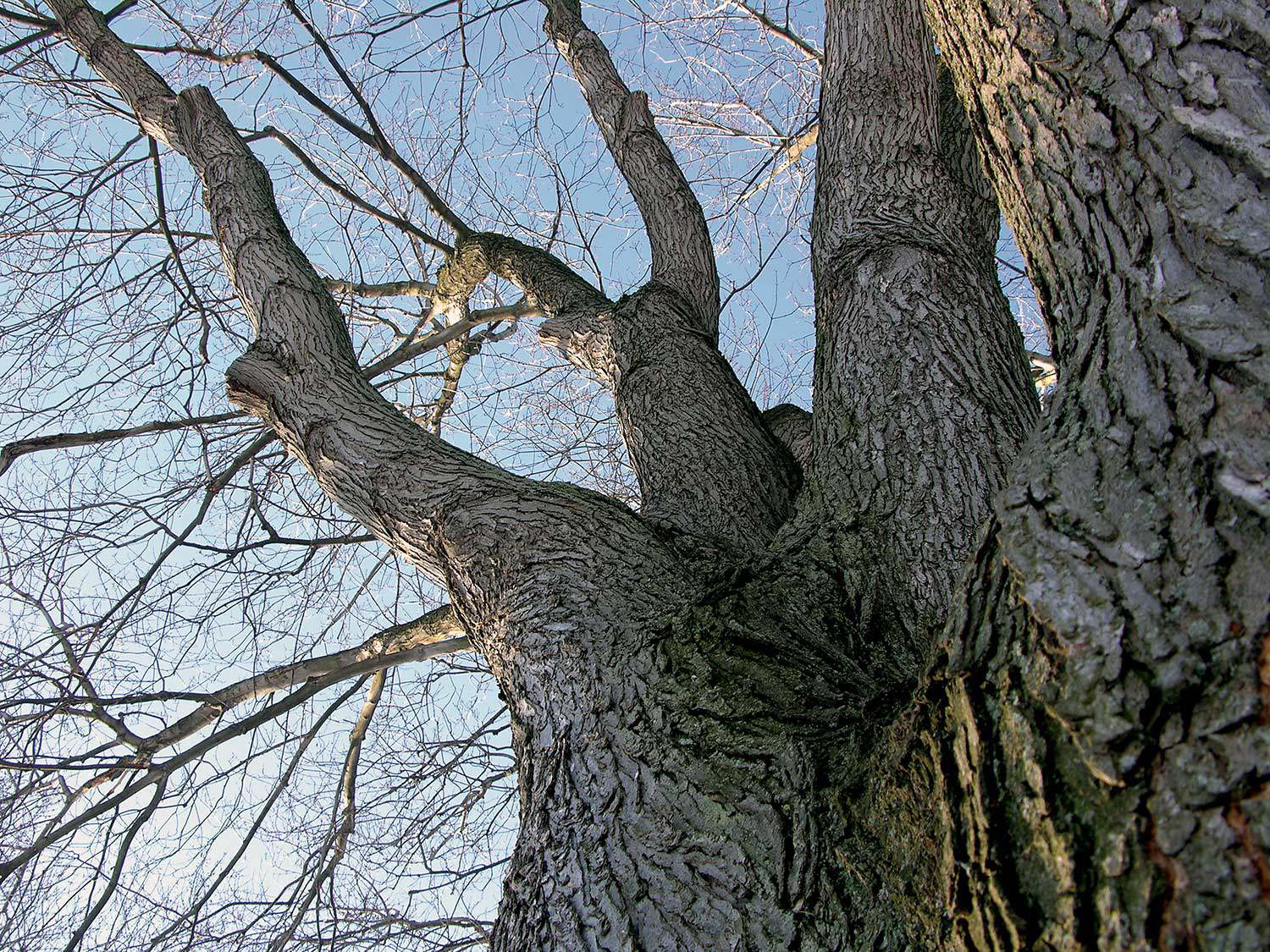

Browse by category
- Adaptive reuse
- Archaeology
- Arts and creativity
- Black heritage
- Buildings and architecture
- Communication
- Community
- Cultural landscapes
- Cultural objects
- Design
- Economics of heritage
- Environment
- Expanding the narrative
- Food
- Francophone heritage
- Indigenous heritage
- Intangible heritage
- Medical heritage
- Military heritage
- MyOntario
- Natural heritage
- Sport heritage
- Tools for conservation
- Women's heritage
Remarkable trees – Heritage tree preservation in Ontario
Natural heritage
Published Date: May 25, 2006
Photo: This majestic beech tree is located at Toronto’s Ashbridge Estate, a property owned and operated by the Ontario Heritage Trust
What is heavier than any land animal, taller than most buildings, older than many ancient monuments? One of the world’s oldest living organisms are – not surprisingly – trees. A massive oak or beech can weigh 30 tons, cover 2,000 square yards, and include 10 miles of twigs and branches. Each year, a large tree pumps several tons of water about 100 feet into the air, produces a new crop of 1,000 leaves and covers half an acre of trunk and branches with a new pelt of bark (see Thomas Packenham’s book, Meetings with Remarkable Trees).
There are many fine examples of heritage trees across Ontario. The Ontario Heritage Trust, for example, protects several of these living monuments on properties it owns or protects. A spectacular beech (pictured here), and a giant oak at Ruthven in Cayuga are living relics that link us to our beginnings in this province. Heritage trees have been defined as follows:
A heritage tree is a notable specimen because of its size, form, shape, beauty, age, colour, rarity, genetic constitution or other distinctive features; a living relic that displays evidence of cultural modification by Aboriginal and non-Aboriginal people including strips of bark or knot-free wood removed, test hole cut to determine soundness, furrows cut to collect pitch or sap, or blazes to mark a trail; a prominent community landmark; a specimen associated with an historic person, place or event or period; a representative of a crop grown by ancestors and their successors that is at risk of disappearing from cultivation; a tree associated with local folklore, myths, legends or traditions; a specimen identified by members of a community as deserving heritage recognition (Courtesy: Paul Aird, Professor Emeritus, Faculty of Forestry, University of Toronto).
A recent initiative to assist communities in the identification and preservation of heritage trees was launched in 2005 by the Ontario Heritage Tree Alliance. This partnership includes the Ontario Heritage Trust, the Ontario Urban Forest Council, the Ministry of Natural Resources, the Ontario Forestry Association, Community Heritage Ontario, LEAF, the Elora Centre for Environmental Excellence and two ratepayer groups. This partnership has developed a toolkit for the identification, evaluation and preservation of Ontario’s heritage trees.
The toolkit will assist communities in their “Great Tree Hunt,” which will identify trees in their community that deserve heritage recognition and, ultimately, protection. Funded with a Ministry of Culture heritage grant, the toolkit has been tested in both Elora and South Simcoe County where successful community hunts have resulted in the recognition of a select group of magnificent trees and the unveiling of heritage tree plaques. Launch of this toolkit province-wide is planned for 2006.
Ontario’s remarkable heritage trees will continue to be enjoyed by generations to come when we work together now to preserve them.

